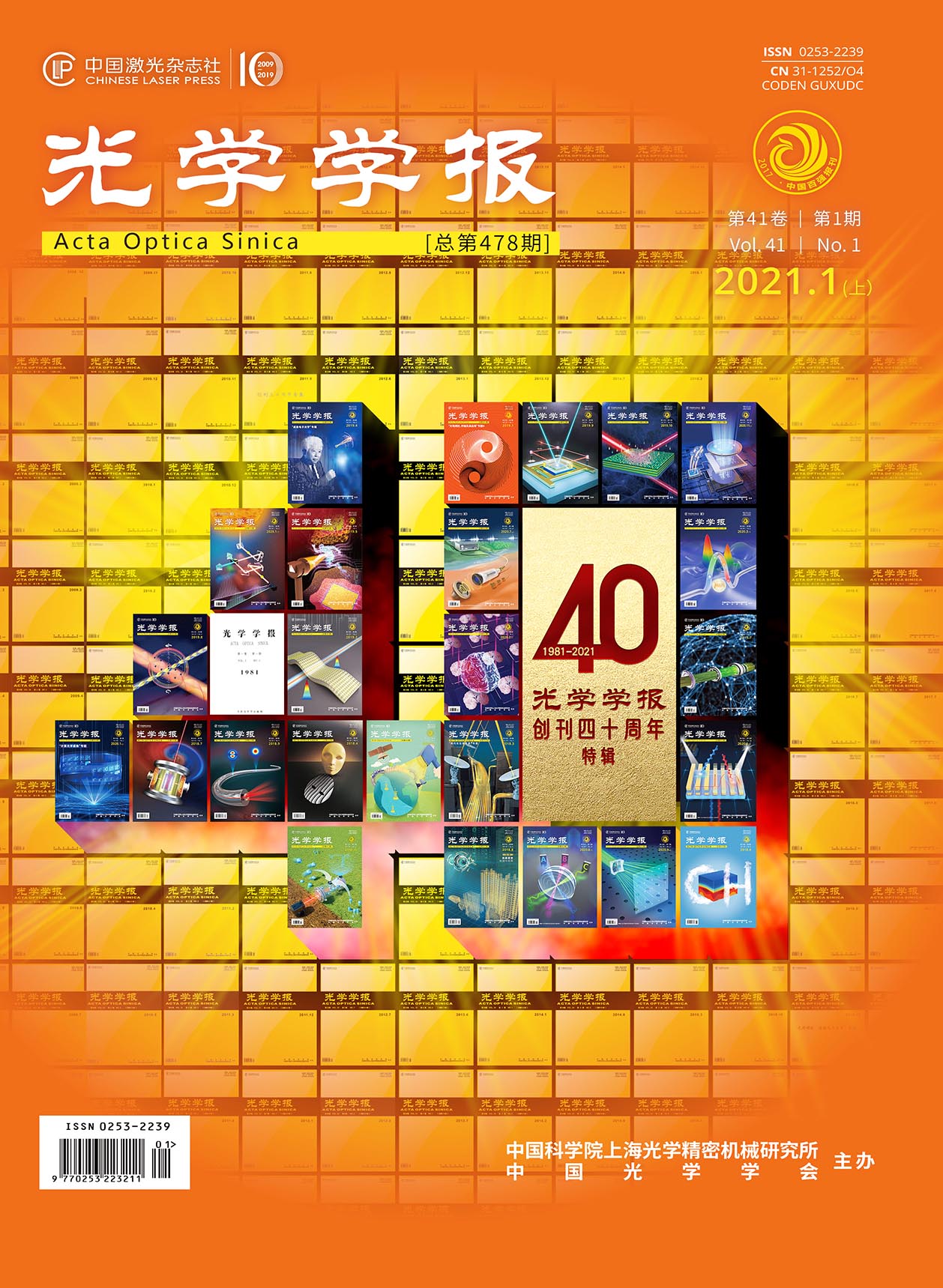
Oil identification of marine oil spill is a problem for monitoring the marine environment, which needs to be solved urgently. It is very important to distinguish different types of oil. A sensor of microfiber ring resonator (MRR) for identifying the oil species of marine oil spills is developed, and the resonant spectral characteristics of the seawater and gasoline are investigated experimentally and theoretically. The sensitivity and free spectral range of MRR for identifying the seawater and gasoline are calculated numerically according to Maxwell′s equations. A Knot-type MRR sensor is manufactured, whose ring diameter is 480.31 μm, and microfiber diameter is 4.14 μm. The experimental system is established, and the resonant spectra of seawater and 93# gasoline are obtained. Results show that the resonant wavelength shifts 2.79 nm, which is mainly consistent with theoretical calculations. The sensitivity reaches to 34.86 nm/RIU, where RIU is refractive index unit. Therefore, the MRR sensor can be used for distinguishing seawater and gasoline.
Compared with L band, the gain flattening of erbium doped fiber amplifier (EDFA) in C band should be conducted by optical filter. Due to unmatched bandwidth, the conventional long-period fiber grating (LPFG) cannot efficiently reduce the fluctuation of gain spectrum. Aiming to improve gain flatness of EDFA, a novel scheme named composite fiber grating is proposed which combining LPFG and fiber Bragg grating-pair (FBG-P) with weak reflectivity. Moreover, the key parameters of CFG are optimized by simulation, and its performance of gain flattening is also experimentally tested. The numerical results show that, the proposed scheme achieves controlling the fluctuation within ±0.45 dB in the range from 1520 nm to 1560 nm, and the improvement on gain flattening reaches 49.31% comparing with the scheme based single LPFG.
Using the method of optical pulse delaying, a novel fiber length measurement method is proposed. The method is that the modulated light source is divided into two parts by the optical fiber coupler and goes through the measured optical fiber and the reference optical fiber. The frequency of modulation signal is regulated so that the two signals can coincide, and then the measured optical fiber length is calculated by analyzing the modulation frequency. Compared with the traditional optical time domain reflectometer, the measurement precision is improved from the meter scale to the centimeter scale. Compared with the optical frequency domain reflectometer, optical coherence domain reflectometer and frequency-shifted asymmetrical Sagnac interferometer, the requirement of stability and coherence properties of light source is lower and the system is more easier to be achieved. The experimental result indicates that fiber length measurement method based on optical pulse delaying has a large dynamic range and a high precision. The maximal multimode optical fiber lengths measured by this method at 850 nm and 1300 nm are 10 km and 20 km, respectively, and the measurement accuracy can reach centimeter magnitude.
A remote sensing image registration method based on binary function fitting is proposed to improve the accuracy of searching for optical remote sensing image registration control points. Mutual information method based on template is used to search homonymy points in possible areas, metric matrix is generated by two-dimensional Gaussian function in the process of searching and the vertex position of the Gaussian function is set as the coordinate values of homonymy points, which is different from using the maximum coordinate values of mutual information as the coordinate values of homonymy points in the classical used region. The remote sensing image registration is completed by registration control points. This proposed algorithm and traditional mutual information method are used for a particular area of optical remote sensing image registration respectively. The experimental results show that this proposed registration precision is higher than the ordinary method, the registration error is less than 0.1 and the precision achieves sub-pixel level. In general, this method can satisfy the requirement of optical remote sensing image registration basically and provide necessary data support for subsequent further fusion, change detection and other applications.









